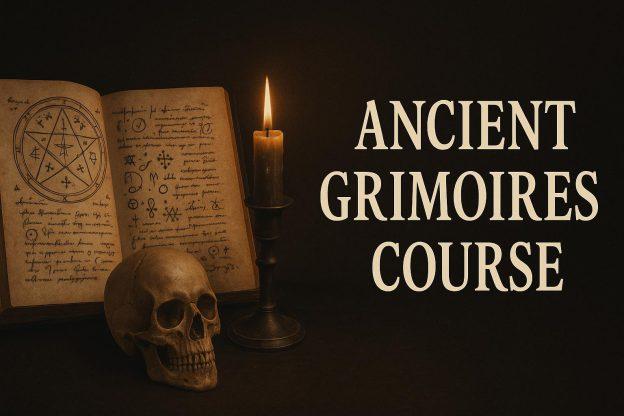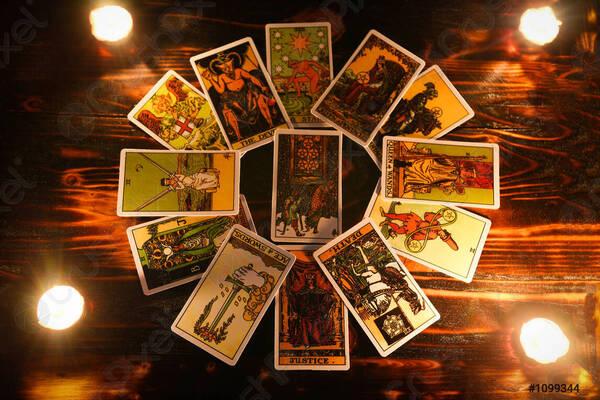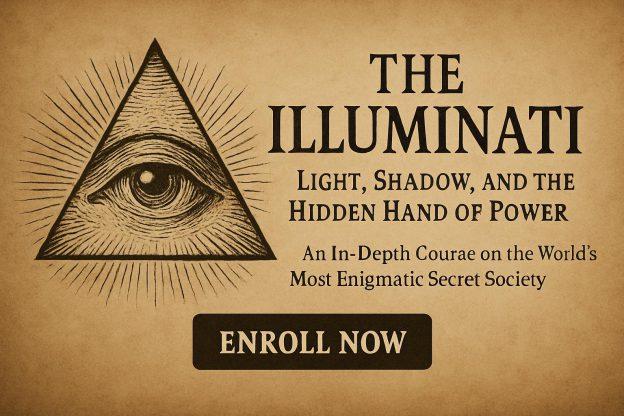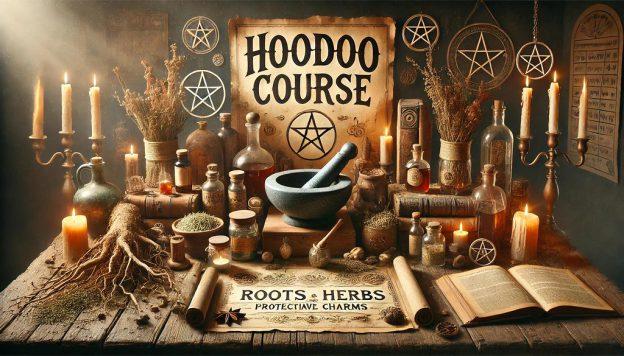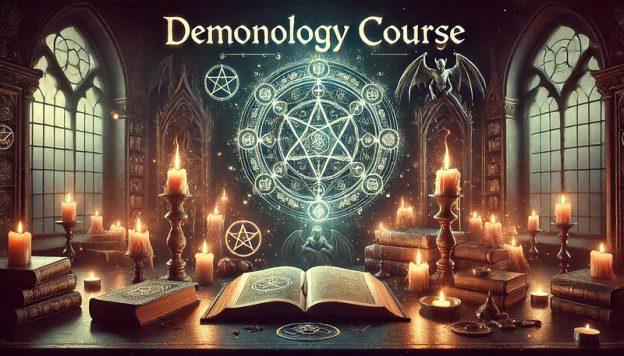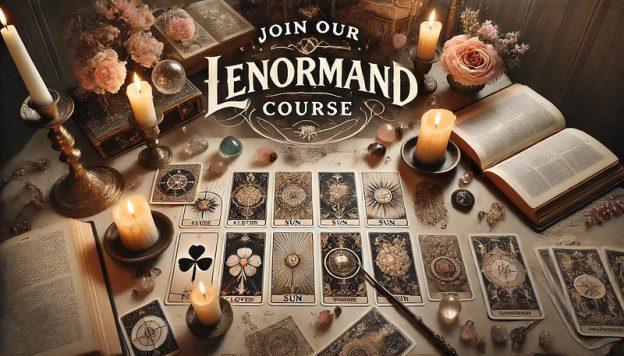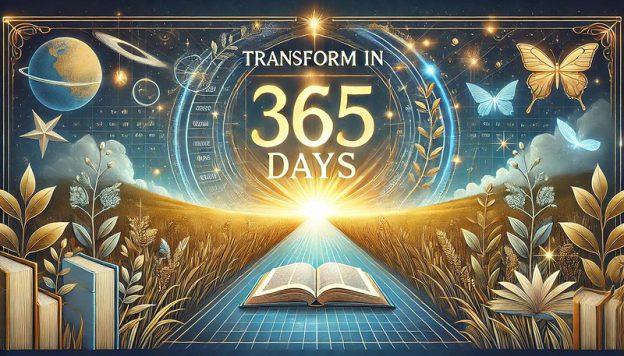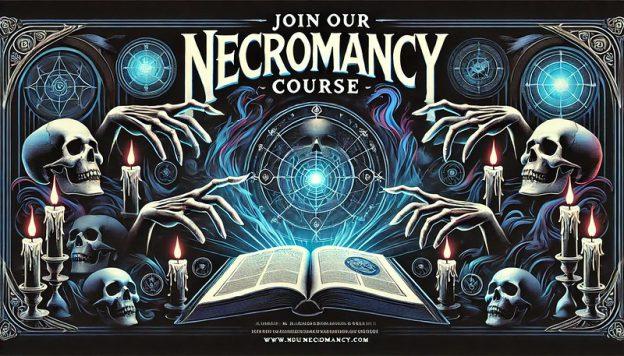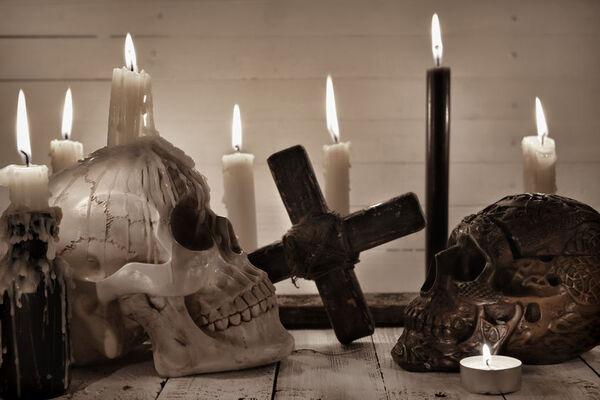Law of Invitation
Introduction
Within the study of demonology, the Law of Invitation describes a metaphysical principle governing how malevolent entities gain access to human life.
It suggests that demonic forces cannot simply intrude at will — they must be invited, permitted, or attracted through an act of will, curiosity, or emotional resonance.
This doctrine appears across multiple religious and occult traditions, from Catholic demonology to ceremonial magic, Thelema, and folk witchcraft, each framing it as the essential boundary between divine protection and spiritual peril.
Origins of the Concept
The modern phrasing “Law of Invitation” was popularised by Ed and Lorraine Warren, who encountered it repeatedly in their demonological investigations throughout the 20th century.
Ed Warren described it as a spiritual law, not unlike gravity — constant, impartial, and binding across realms:
“No evil can enter the human experience without an opening. The invitation is often subtle — curiosity, obsession, ritual, or despair — but the permission must come from us.”
— Ed Warren, Lecture Notes, 1975
However, the underlying concept predates the Warrens by millennia.
- In Christian theology, Saint Augustine wrote that demons can influence the soul only “where consent has been given through sin.”
- In ancient Greek and Roman magic, invocation rituals explicitly “called in” spirits through words of consent.
- In Kabbalistic mysticism, imbalance and ego are seen as “cracks” in the vessel, allowing dark forces from the Qliphothic realm to enter.
- In folk magic, charms and boundaries serve as protections against such invitations, reinforcing the idea that openness determines vulnerability.
Mechanisms of Invitation
The Law of Invitation functions on both psychological and metaphysical levels.
It posits that demonic intrusion requires an energetic or spiritual permission slip — either conscious or unconscious.
Common forms of invitation include:
| Type of Opening | Description | Example Cases |
|---|---|---|
| Occult Experimentation | Using séances, Ouija™ boards, mirror scrying, or ritual conjuration without protection. | The Donovan case (Warren files) |
| Emotional Resonance | States of grief, anger, obsession, or despair that lower spiritual defences. | The Enfield Poltergeist – depressive energy feeding manifestation |
| Verbal or Symbolic Consent | Speaking invitations, invoking unknown entities, or signing “pacts.” | Traditional demonic evocation texts |
| Blasphemous or Inverted Rituals | Parody or inversion of sacred symbols. | Black Mass, desecration rites |
| Attachment through Objects | Possessed or cursed artefacts carrying an indwelling intelligence. | The Annabelle Doll |
| Covenant through Desire | Pursuit of forbidden knowledge or power in exchange for servitude. | Faustian traditions |
These acts do not always arise from malice; often, the curiosity of the innocent becomes the portal through which darker intelligences enter.
The Law of Attraction
Closely related is what the Warrens termed the Law of Attraction, describing how vibration and focus determine which energies one draws into their life.
This principle mirrors the esoteric Hermetic axiom: “As above, so below.”
Where the Law of Invitation is about permission, the Law of Attraction is about resonance — the energetic matching between human emotion and external entity.
Negative obsession, unchecked hatred, or fascination with death may therefore act as an unconscious invocation, aligning the psyche with infernal planes.
Stages of Demonic Entry
According to Catholic demonology and the Warrens’ system, once the invitation is given, the demonic process unfolds in three escalating stages:
- Infestation – External disturbances such as noises, odours, or shadow figures.
- Oppression – Psychological manipulation, fear, and despair to weaken the will.
- Possession – Full or partial control of the body and mind.
Each stage can be reversed through repentance, prayer, ritual cleansing, or exorcism, but the deeper the consent, the stronger the attachment.
Preventive Doctrine
The Law of Invitation underscores the importance of free will in spiritual warfare.
It teaches that protection lies not only in ritual but in moral and emotional discipline — maintaining inner harmony, avoiding reckless curiosity, and recognising that belief itself is a conduit of power.
Traditional safeguards include:
- Consecrated symbols (crucifix, pentacle, hamsa, or St. Benedict medal)
- Protective invocations and psalms
- Banishing rituals such as the Lesser Banishing Ritual of the Pentagram
- Psychic hygiene through meditation, grounding, and ethical living
Esoteric Interpretations
In Hermetic and occult philosophy, the Law of Invitation is viewed less as a “curse” and more as a mirror of consciousness.
To invite a demon is, symbolically, to invoke one’s own shadow — the repressed aspect of the psyche seeking expression.
Thus, advanced magicians treat this “law” as a psychological truth: what is invited inward will manifest outward until it is integrated or expelled.
Cross-References on Occult World
- Ed and Lorraine Warren – America’s Demonologists
- The Annabelle Case – Possessed Raggedy Ann Doll
- Stages of Demonic Possession
- Exorcism – History and Ritual Practice
- Shadow Work and the Inner Demon Archetype
Closing Reflection
Whether viewed as divine law, psychological metaphor, or metaphysical reality, the Law of Invitation reminds practitioners that spiritual power is transactional — every thought, word, and ritual act opens a door.
The question is not whether darkness exists, but what within us calls it forth.
